
The Importance Of Spare Capacity – Why Your Spine Needs A Safety Margin
What if your back pain isn’t just from one bad movement — but from constantly living on the edge of your spine’s limits? This is

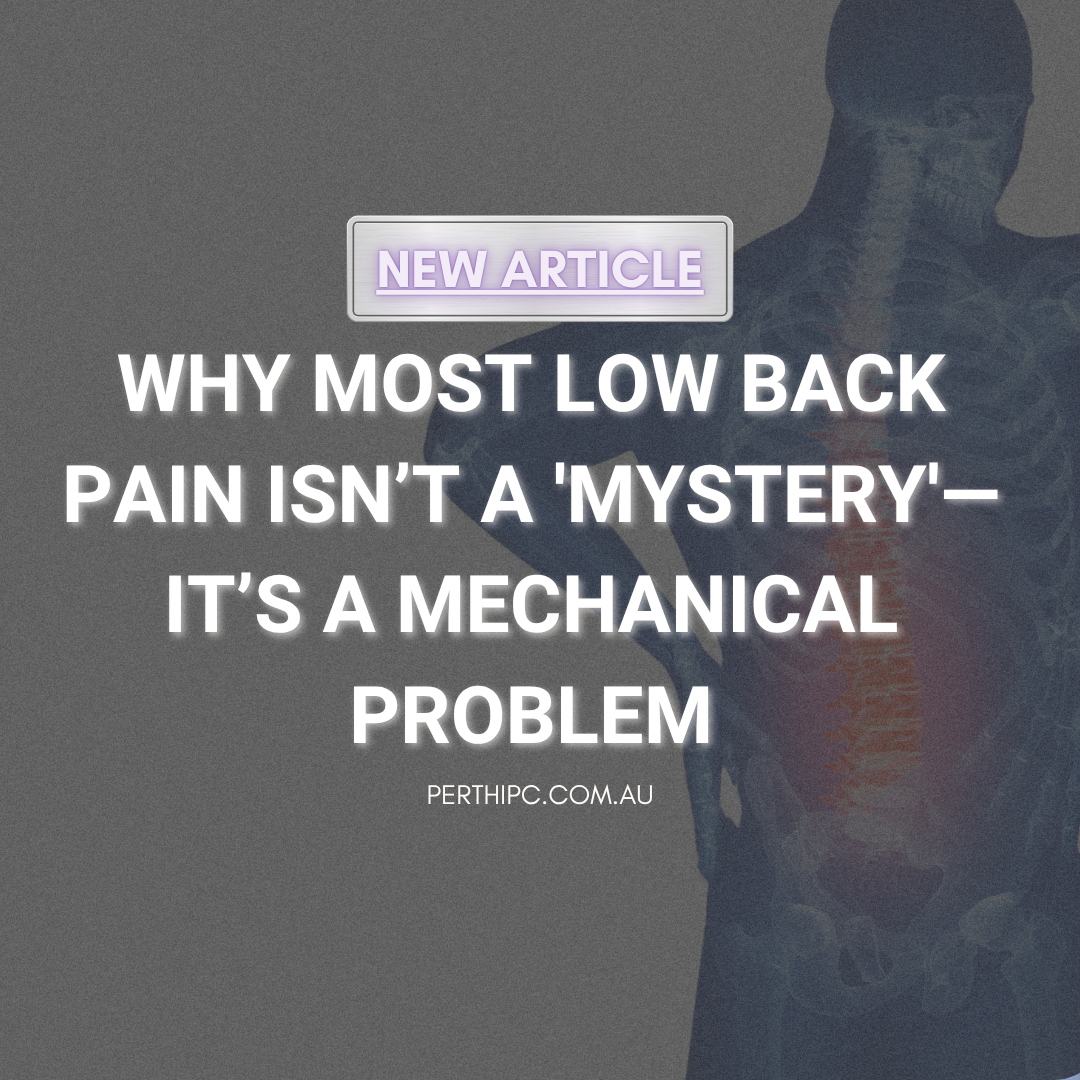
If you’ve been told your back pain is “non-specific” or has “no clear cause,” you’re not alone. Up to 85% of people with low back pain are handed a vague diagnosis without a clear path forward. But according to world-renowned spine researcher Professor Stuart McGill, the truth is much more hopeful: most low back pain has a very specific mechanical cause.
Understanding this mechanical foundation is the first step toward lasting relief.
Too often, healthcare providers default to calling back pain “non-specific” when imaging like MRI scans don’t show dramatic findings. But McGill’s research shows that pain often stems from predictable mechanical problems — such as how the spine is loaded, moved, and stressed during daily life.
In other words: pain is not random. It’s the result of certain tissues becoming sensitized due to mechanical overload.
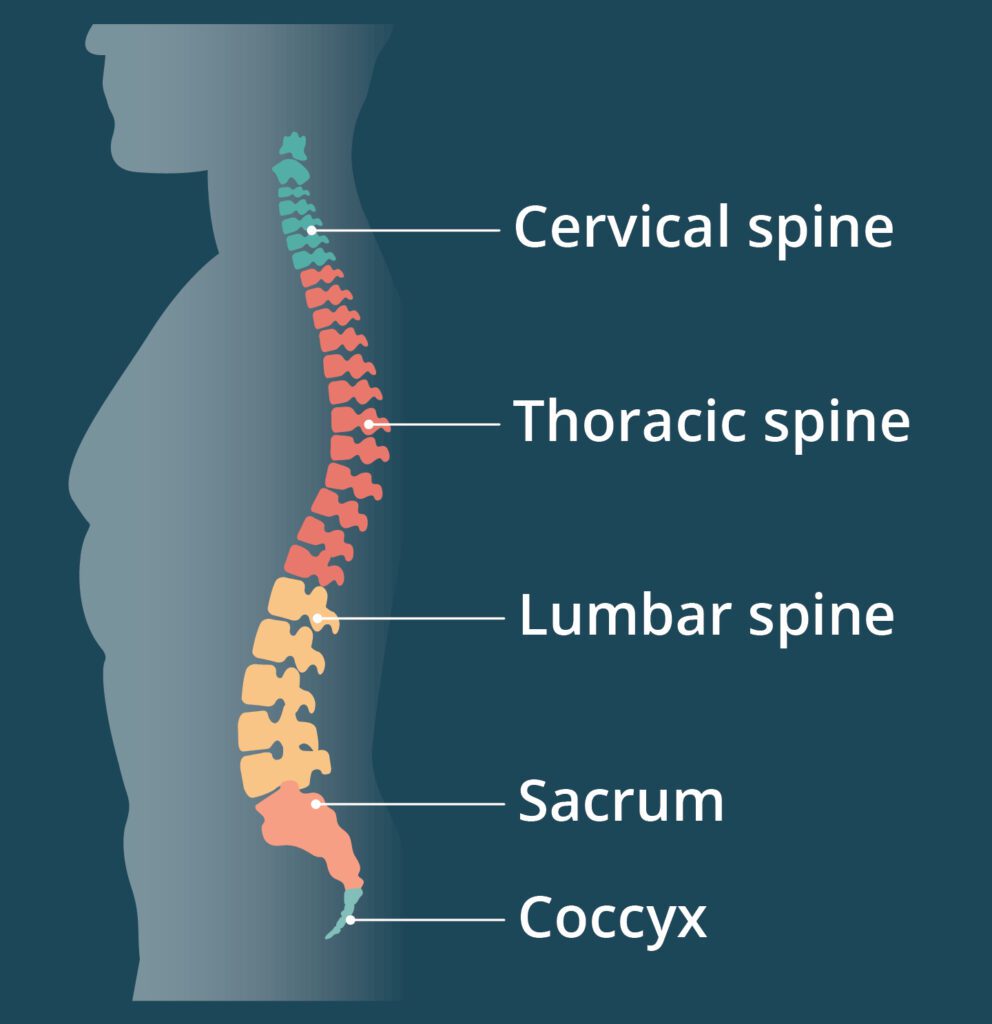
Proper diagnosis doesn’t mean relying solely on imaging. A skilled clinician will use thorough assessment techniques — including movement analysis, provocative testing, and health history — to pinpoint the exact mechanical cause of pain.
When you identify the true root cause, treatment becomes targeted and highly effective.
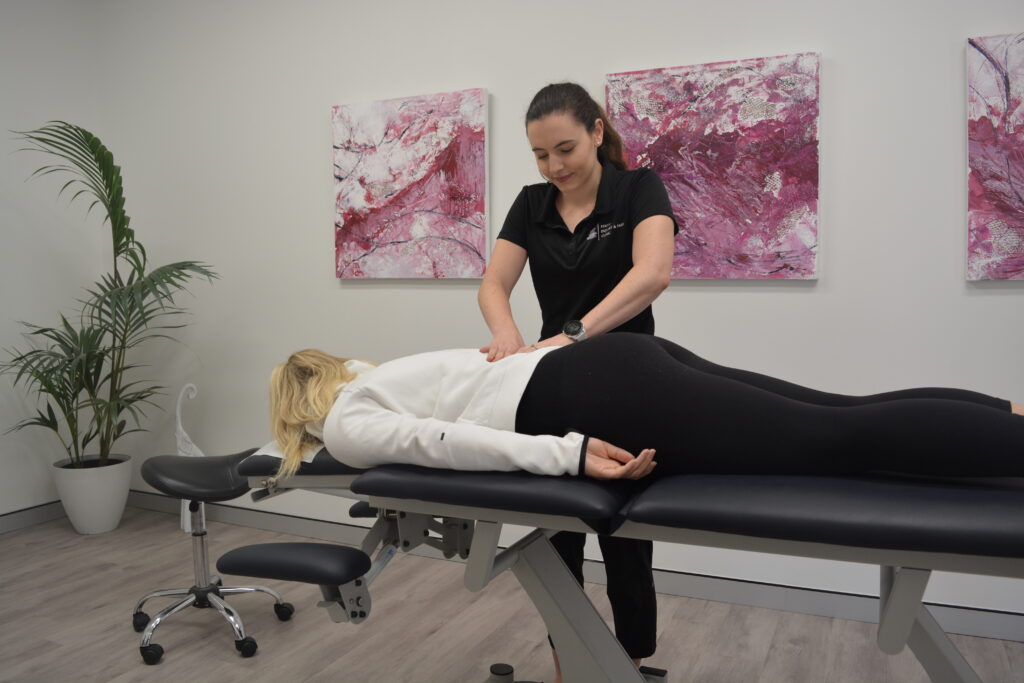
This process, grounded in the principles developed by Stuart McGill, has helped countless individuals return to full, pain-free function.

Don’t accept “non-specific” as an answer. Your pain has a cause — and with the right assessment, you can find it. Book an initial consultation with our experienced team today. For complex cases, our McGill Method certified practitioners (the only in Western Australia) are here to guide your recovery.

What if your back pain isn’t just from one bad movement — but from constantly living on the edge of your spine’s limits? This is
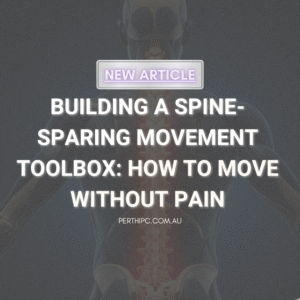
One of the most overlooked causes of persistent low back pain is how we move during everyday tasks. Simple activities like bending, sitting, getting out of a car, or
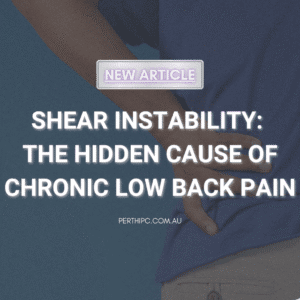
If you’ve been battling persistent low back pain without clear answers, shear instability could be the missing piece of your puzzle. While disc bulges, muscle